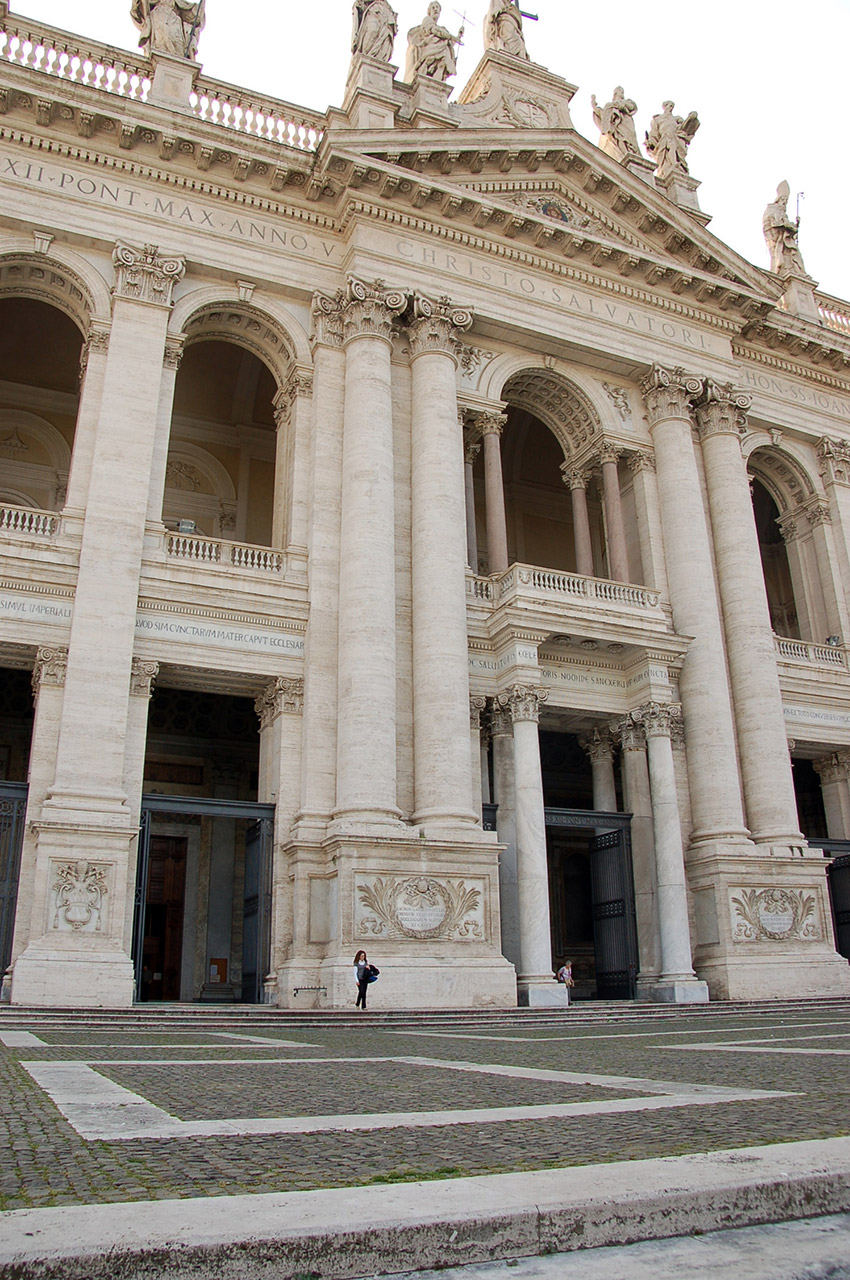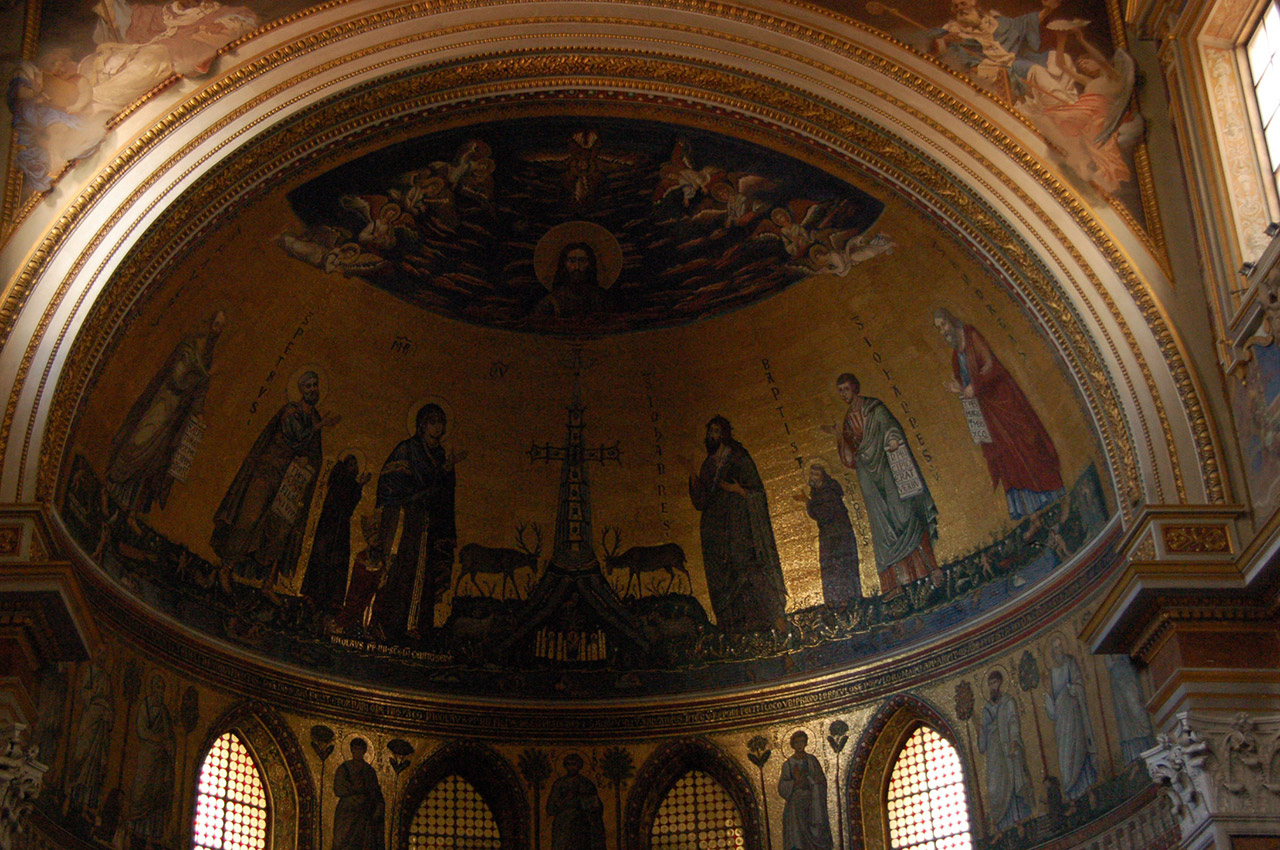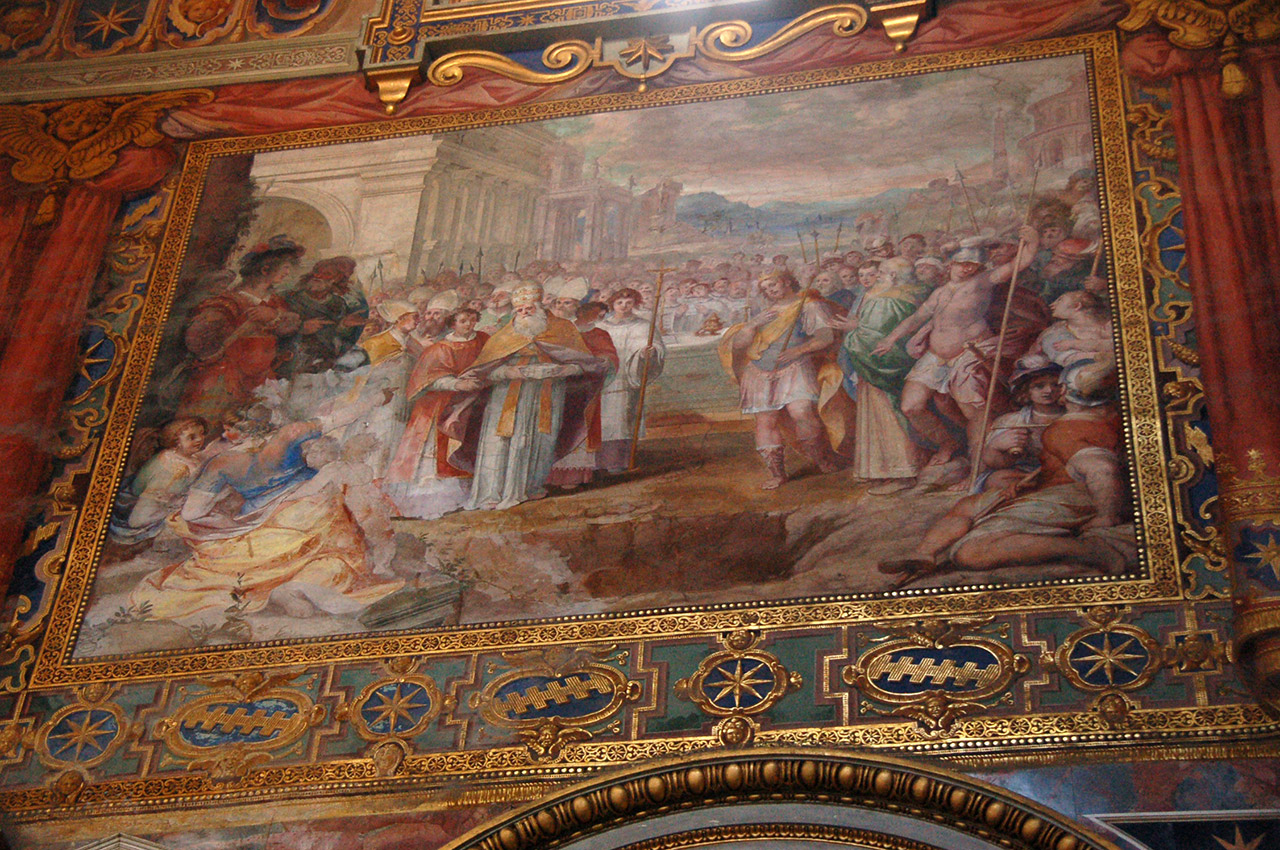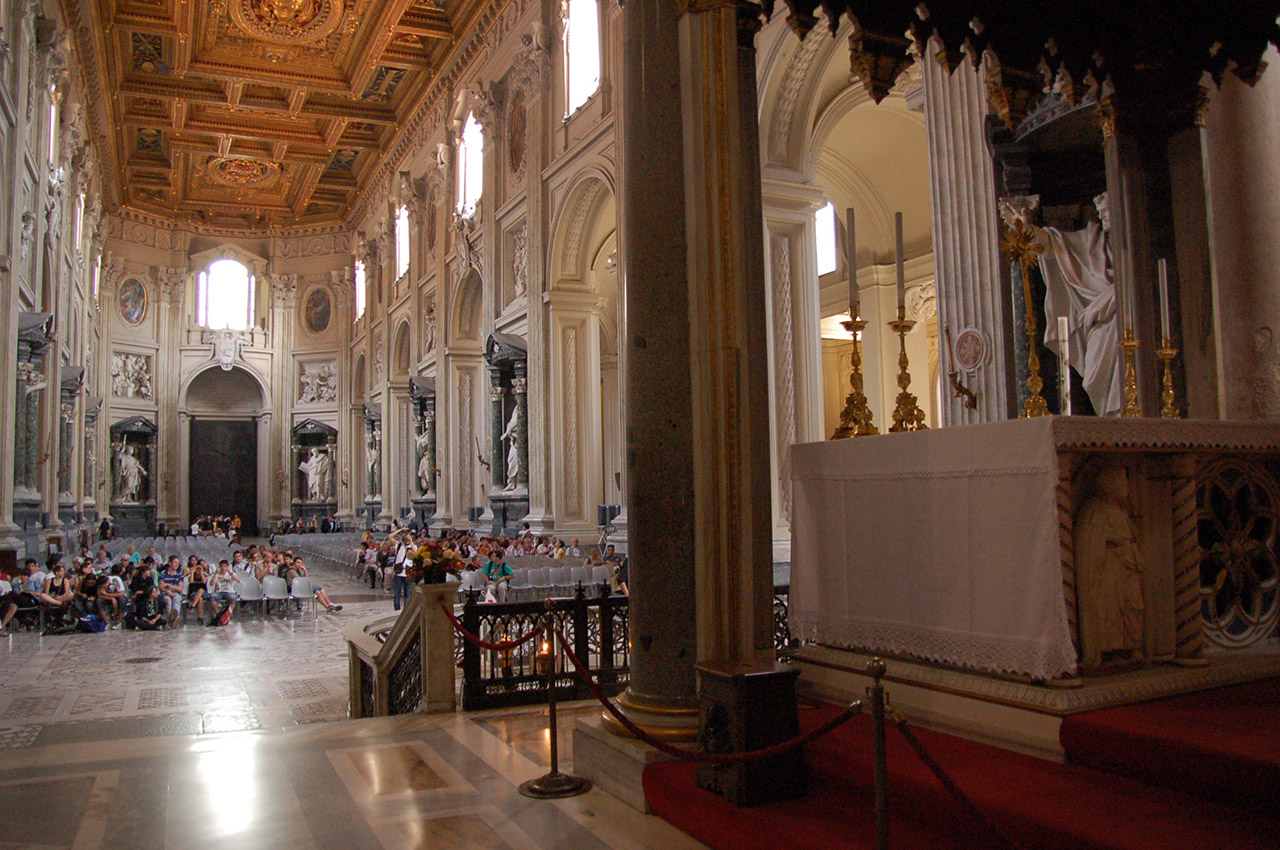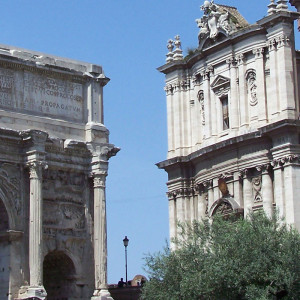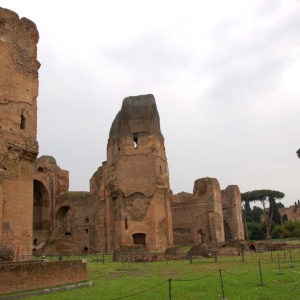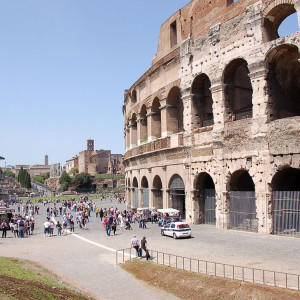27 February 2016
The Roman Forum, the public square where culture and business meet
Take a guided tour of the Roman Forum, strolling along the cobblestone alleys where trade and politics were once discussed. Discover the ruins of majestic monuments, from the Basilica Julia to the Arch of Septimius Severus, the Arch of Titus and the Temple of Antoninus and Faustina.
